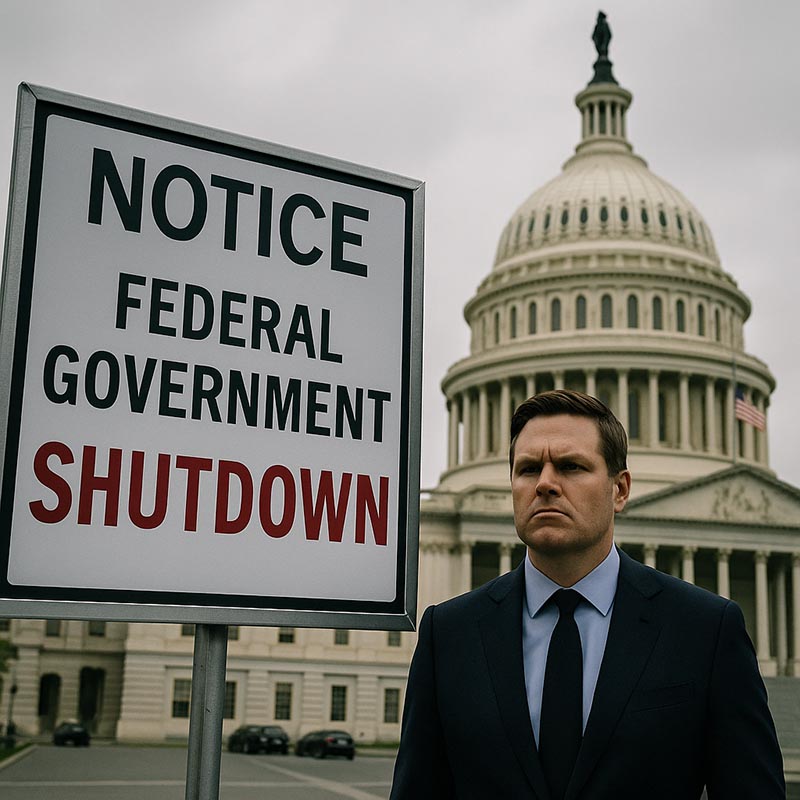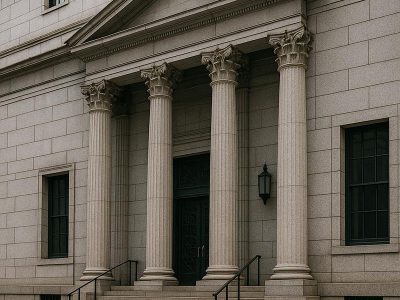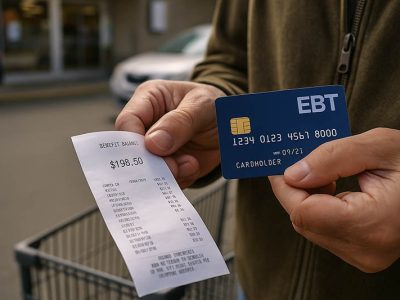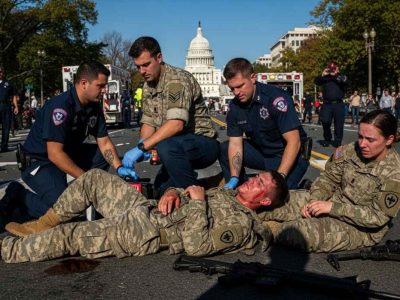Payam Javan: The U.S. federal government entered its second day of shutdown on October 2 after the Senate failed to advance two rival funding proposals. The deadlock between Republicans and Democrats stems from disagreements over a stopgap spending bill, leaving thousands of federal employees working without pay while others remain furloughed. Party leaders traded sharp accusations, with Vice President JD Vance blaming Democrats for leaning “too far left,” while Senate Minority Leader Chuck Schumer accused Republicans of refusing to safeguard health care.
Both Parties See Short-Term Political Advantage
Political analysts suggest both sides are using the standoff to energize their voter bases. Democrats see health care as favorable ground to rally supporters, while Republicans are defending spending cuts tied to the One Big Beautiful Bill Act. President Donald Trump, who has been pushing for a leaner federal government, is said to view the shutdown as an opportunity to pursue layoffs. White House Press Secretary Karoline Leavitt confirmed that staff reductions are being considered, signaling that deeper disruptions may soon follow.
Pressure Builds on Moderates as Public Braces for Impact
While party leaders remain entrenched, some moderates from both parties are signaling openness to compromise, including discussions around extending Affordable Care Act premium tax credits. A temporary 45-day funding proposal has been floated, but passage would require bipartisan support to overcome a filibuster. Experts warn that the shutdown’s political calculus may shift once ordinary Americans begin to feel its effects—such as delayed federal housing loans—potentially pressuring lawmakers to act. History shows shutdowns often end when public frustration peaks, though analysts say the current standoff is unlikely to affect the 2026 elections unless it drags on.









